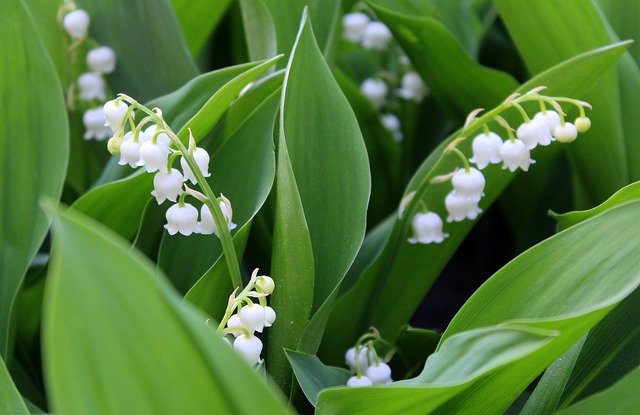Family parks and community centers are powerful drivers of neighborhood development, boosting social cohesion, economic growth, and property values. Green spaces attract residents and investors, while integrated community centers offer vital services and activities that enhance life quality. Real estate developers can strategically develop areas surrounding these amenities, providing modern housing and commercial options to cater to thriving communities. Community centers, within family parks, serve as hubs for social interaction, offering diverse programs for all ages, which contribute to the collective growth of neighborhoods. Integrating green spaces into urban landscapes benefits residents with improved livability, higher property values, noise reduction, better air quality, and increased long-term property value, making them key considerations in real estate investments.
Family parks and community centers play a vital role in urban development, offering spaces for connection, recreation, and growth. This article explores the transformative power of these green oases on both communities and real estate markets. We delve into how family parks foster community engagement, while community centers serve as hubs for social interaction and skill development. Integrating green spaces into urban landscapes enhances quality of life, boosting real estate values and creating vibrant, desirable neighborhoods.
The Role of Family Parks in Community Development: How Real Estate Can Thrive

Family parks and community centers play a pivotal role in the holistic development of any neighborhood or city. These green spaces aren’t just recreational areas; they serve as catalysts for social cohesion, economic growth, and property value enhancement. The presence of well-maintained family parks attracts residents, businesses, and investors alike, fostering a vibrant atmosphere that positively impacts the local real estate market.
Community centers, often integrated within these parks, provide spaces for education, cultural events, and various community activities. This amenity-rich environment not only improves the quality of life for residents but also increases the desirability of nearby properties. Real estate developers can tap into this trend by strategically developing areas surrounding family parks, offering modern housing options and commercial spaces that cater to the diverse needs of a thriving community.
Community Centers: A Hub for Social Interaction and Growth Opportunities

Community centers, integral parts of many family parks, serve as vibrant hubs where residents gather and connect. These spaces are designed to foster social interaction and enhance the overall well-being of the community. Beyond hosting events and gatherings, they offer a wide array of programs catering to all ages—from after-school activities for kids to fitness classes for adults, language learning workshops, and even senior citizen social clubs. By providing these opportunities, community centers play a crucial role in real estate developments by creating more connected, engaged, and vibrant neighborhoods.
The benefits extend beyond individual residents; they contribute to the collective growth of the community. These centers often double as venues for local organizations to host events, workshops, and classes, fostering a sense of belonging and civic engagement. With their multifaceted roles, community centers are not just amenities but integral resources that enrich the fabric of family parks and the surrounding areas.
Integrating Green Spaces into Urban Landscapes: Benefits for Residents and Real Estate Values

Integrating green spaces into urban landscapes is not just an aesthetic choice; it offers numerous benefits for residents and significantly impacts real estate values. Parks and community centers act as oases within cities, providing a respite from the hustle and bustle of daily life. They encourage physical activity, improve mental well-being, and foster a sense of community, all of which are highly desirable qualities for potential homebuyers. With increasing urbanization, these green spaces become even more vital, enhancing the overall livability of an area.
In terms of real estate, properties situated near well-maintained parks or community centers often command higher prices and experience faster sales. The presence of such amenities increases the desirability of a neighborhood, attracting families, professionals, and retirees alike. Moreover, green spaces can contribute to reduced noise pollution, improved air quality, and enhanced property values over time, making them essential components in sustainable urban development and smart real estate investments.






